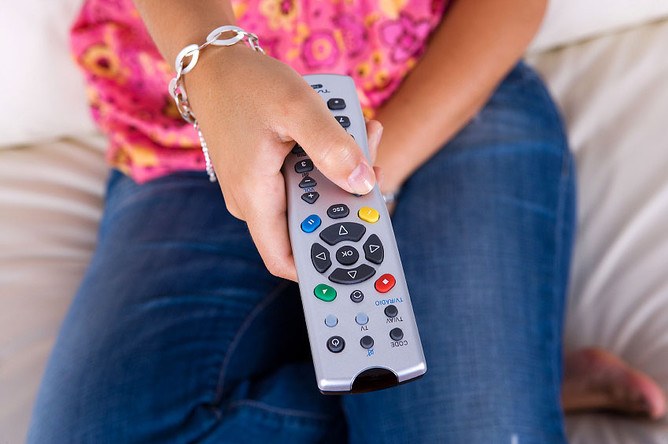What is digital cable TV
Digital TV works on the basis of the digital signal, which allows to obtain very high-quality sound and great picture (compared to analog TV. The encrypted audio and video are transmitted by the satellite as individual digital signals, while analog television transmits them continuously, which increases the amount of distortion and interference. Cable TV delivers high-frequency signals with the audio and visual information to your TV through the standard cable, held in the apartment.
Analog TV supplies a signal via a standard antenna with a rather small capacity.
Cable television signals are more stable than the signals for terrestrial and satellite broadcasting. Cable protects the signal from various distortion and interference, while allowing subscribers to connect a large number of TV channels. Its major drawback is the inability to connect to modern TV models, which were originally "adapted" to digital TV.
The difference between digital and cable TV
Compare cable and digital TV, in fact, is meaningless, as the cable option is just one method of signal delivery to the subscriber, while digital option is a method of providing a video signal. So cable TV is almost on a par with terrestrial and satellite broadcasting, and digital is comparable to analog – and this despite the fact that it can be both satellite and cable.
Cable TV surpasses essential for all parameters, differing from the satellite only channels.
The main difference between digital TV is turning the signal into digital values and codes that no noise or distortion transmitted to the receiver is a special receiver. This subscriber mini-computer equipped with software decoding the signal and sending it to the TV. As a result, the subscriber receives the image and sound of the highest quality which are fully protected from interference. However, because satellite TV in Russia does not yet have good support and stability, digital TV preferably connected via a special TV cable.
